In today's fast-paced and technology-driven world, finding ways to reconnect with nature has become increasingly important for our overall well-being. One innovative approach that has gained traction in recent years is biophilic design, which aims to bring the natural world into our indoor spaces. By incorporating elements such as natural light, greenery, and organic materials, biophilic design seeks to create environments that promote health, productivity, and a sense of harmony. In this blog post, we will explore the power of biophilic design and its benefits for individuals and communities.
Biophilic design is rooted in the concept of biophilia, a term coined by renowned biologist E.O. Wilson, which suggests that humans have an innate affinity for nature. It recognizes the profound impact that nature has on our mental and physical well-being and seeks to emulate its positive effects within built environments.
One of the key principles of biophilic design is the incorporation of natural elements. Natural light, for example, is known to have numerous health benefits, including boosting mood, increasing productivity, and regulating sleep patterns. By maximizing access to daylight and views of the outdoors, biophilic design helps to create spaces that feel open, inviting, and connected to the natural world.


Another important aspect of biophilic design is the use of greenery. Indoor plants not only add beauty to a space but also improve air quality by filtering out toxins and increasing oxygen levels. Research has shown that the presence of plants can reduce stress, enhance cognitive function, and promote a sense of calm and well-being. From potted plants to living green walls, incorporating vegetation into interior design is a powerful way to bring nature indoors.
In addition to natural light and greenery, biophilic design emphasizes the use of organic materials and textures. Wood, stone, and natural fibers evoke a sense of warmth and authenticity, creating a connection to the natural environment. These materials can be incorporated into furniture, flooring, and finishes, enhancing the overall aesthetic appeal of a space while fostering a deeper connection to nature.
The benefits of biophilic design extend beyond individual well-being. Studies have shown that incorporating nature into workplaces and educational settings can lead to increased productivity, improved concentration, and reduced absenteeism. In healthcare environments, access to nature has been linked to faster recovery times and reduced stress levels among patients. Moreover, biophilic design has the potential to strengthen our sense of community and connection to the environment, fostering a greater appreciation for sustainability and ecological responsibility.
Implementing biophilic design principles does not necessarily require a complete overhaul of existing spaces. Simple strategies such as incorporating natural materials, adding plants, and maximizing access to natural light can have a significant impact. Many architectural firms and interior designers are now integrating biophilic design into their projects, recognizing its potential to create healthier, more inspiring environments.
In conclusion, biophilic design offers a powerful solution for bringing nature indoors and enhancing our well-being in the process. By reconnecting with the natural world through the use of light, greenery, and organic materials, we can create spaces that promote health, productivity, and a sense of harmony. Whether it's in our homes, offices, or public spaces, incorporating biophilic design principles allows us to tap into the restorative power of nature and create environments that support our physical, mental, and emotional well-being. So let's embrace biophilic design and invite nature back into our indoor spaces for a healthier and more fulfilling life.
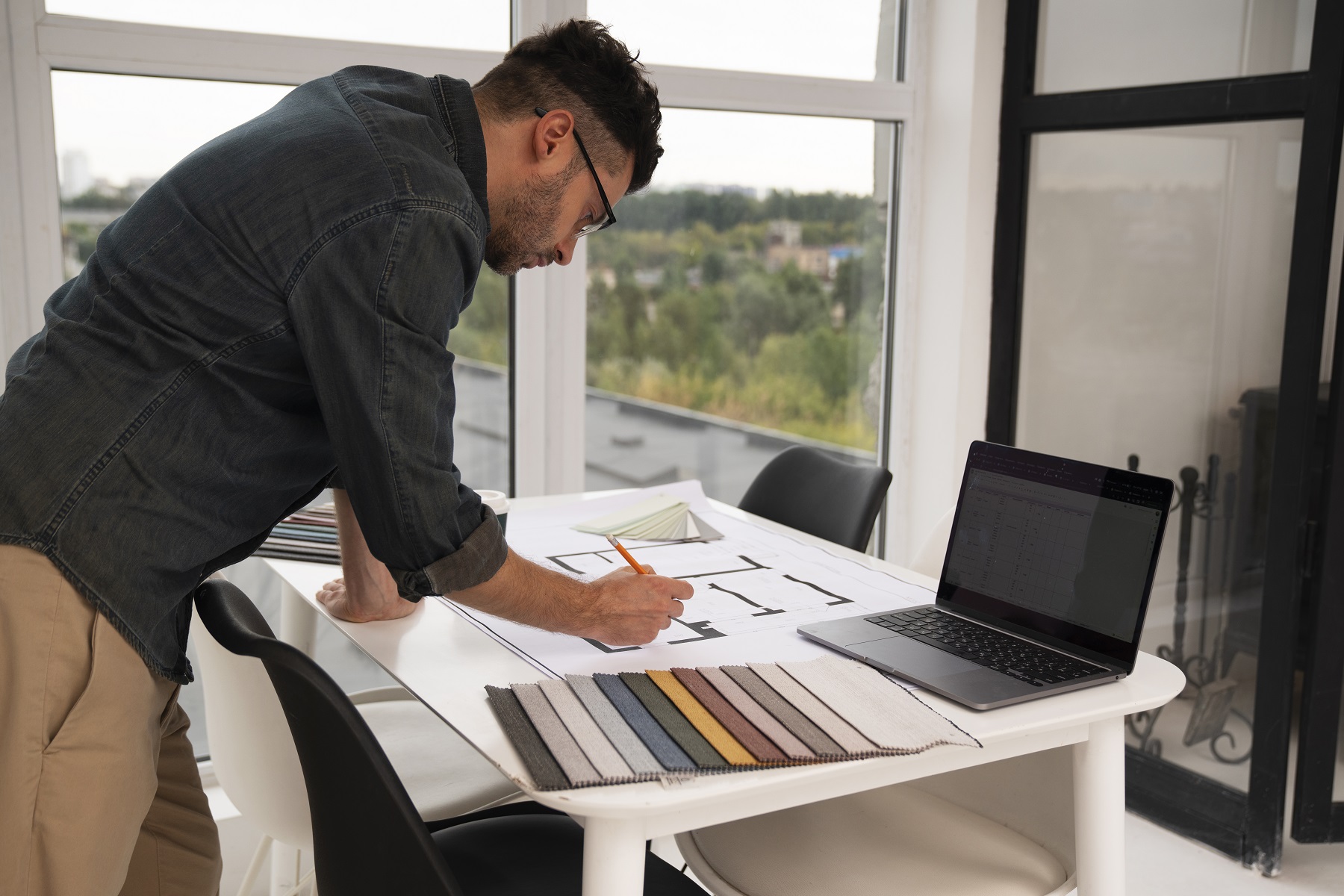
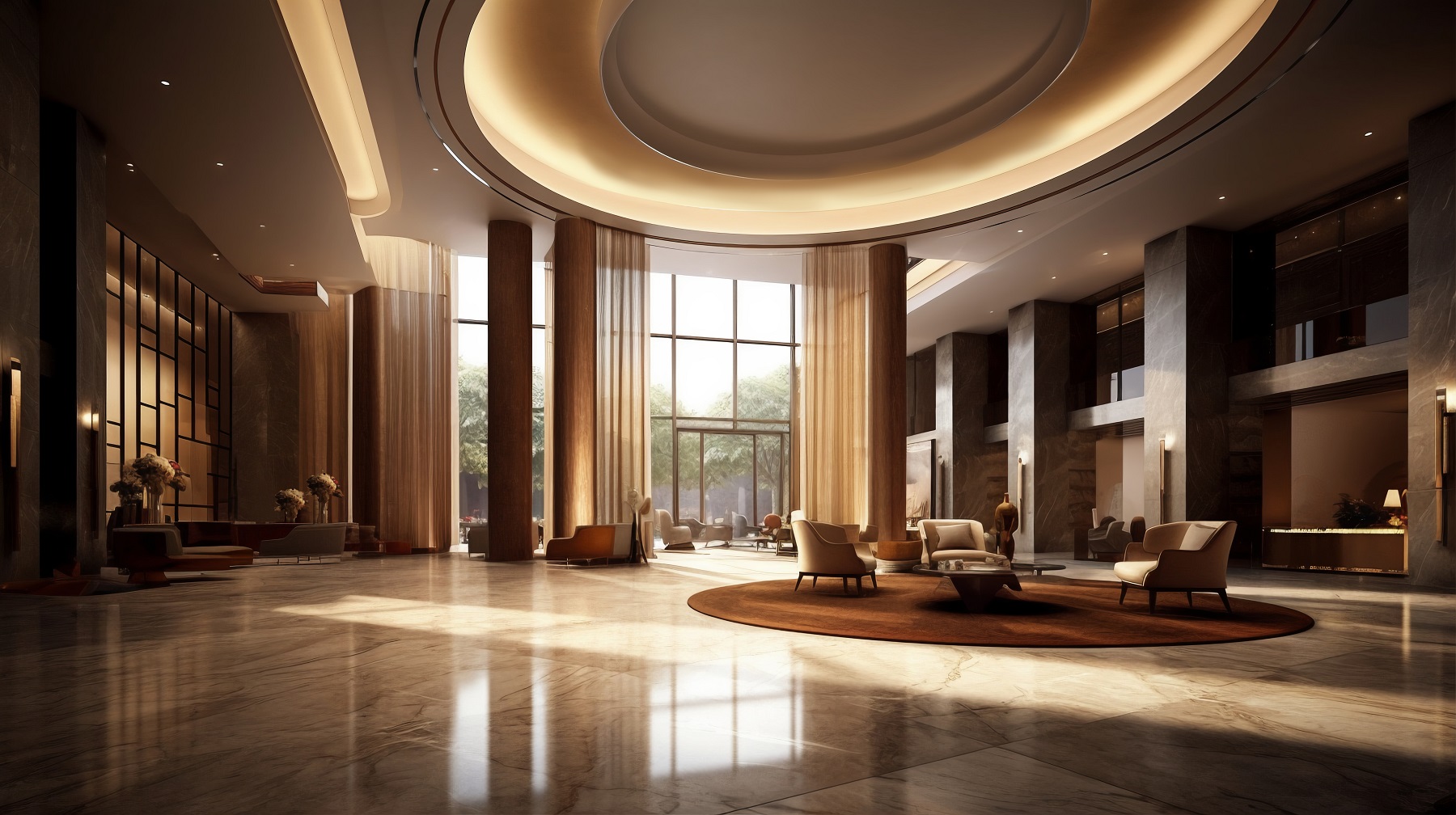

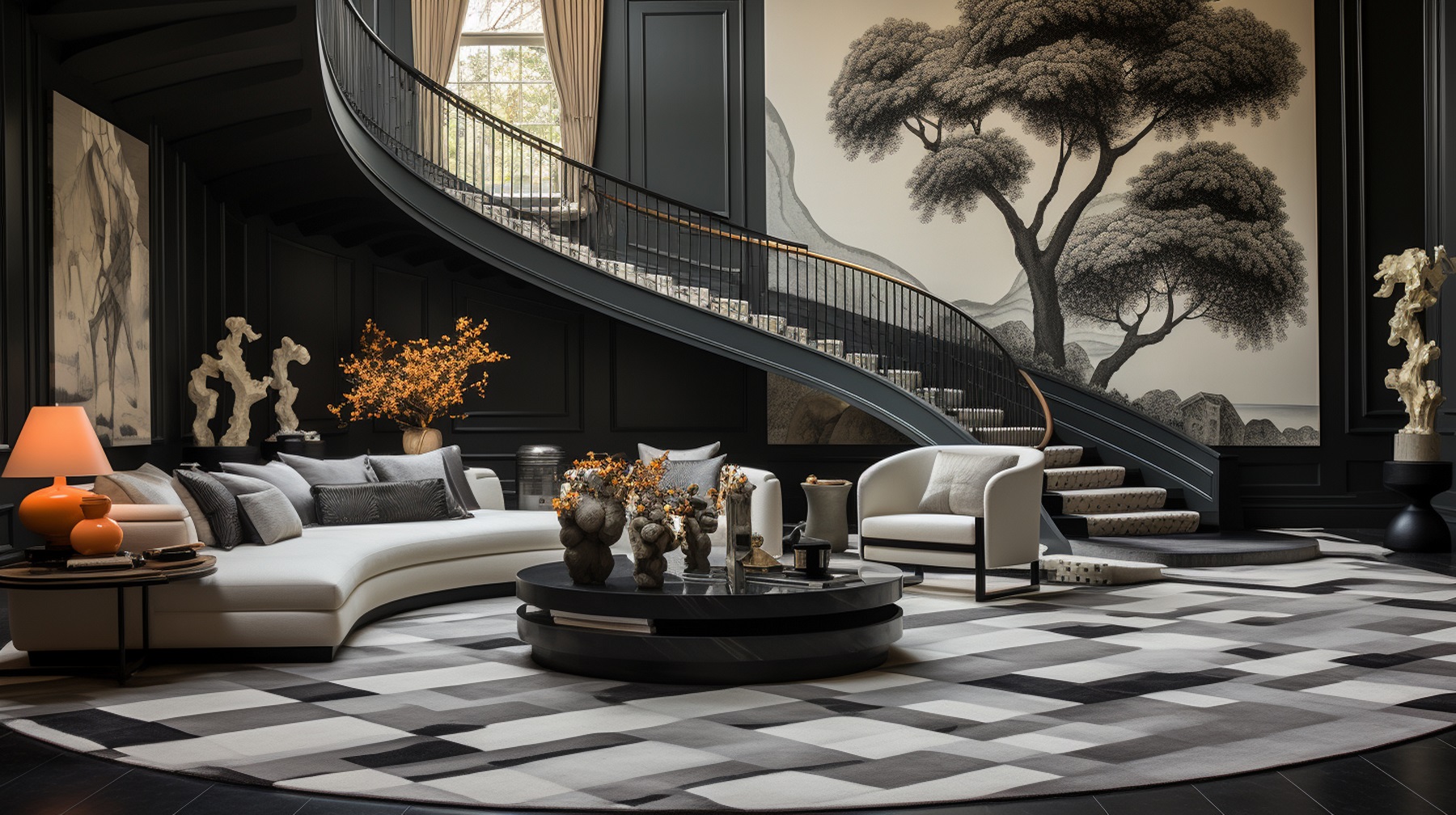
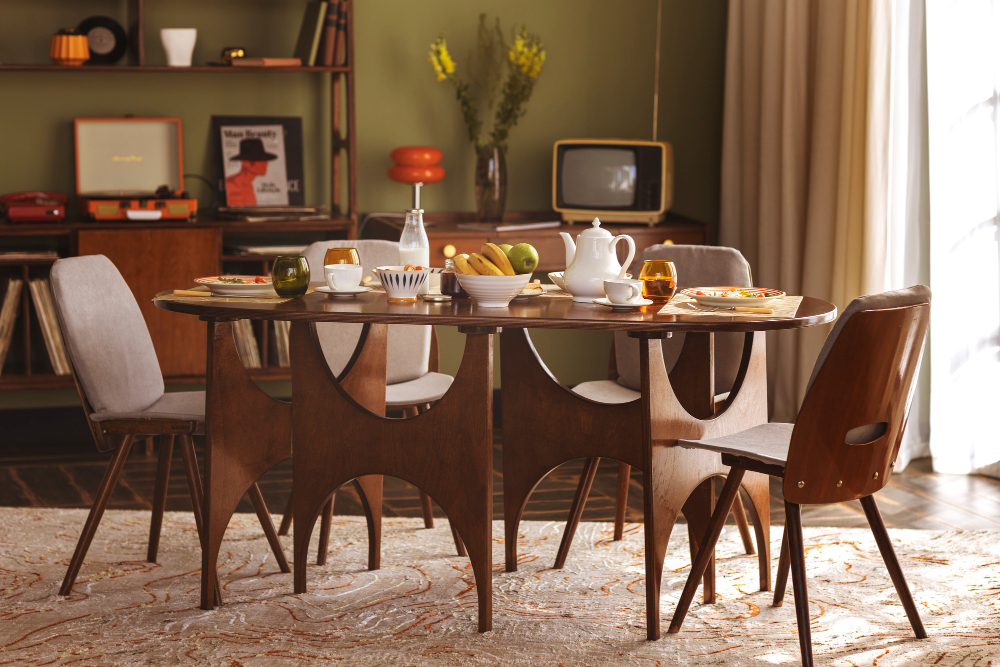
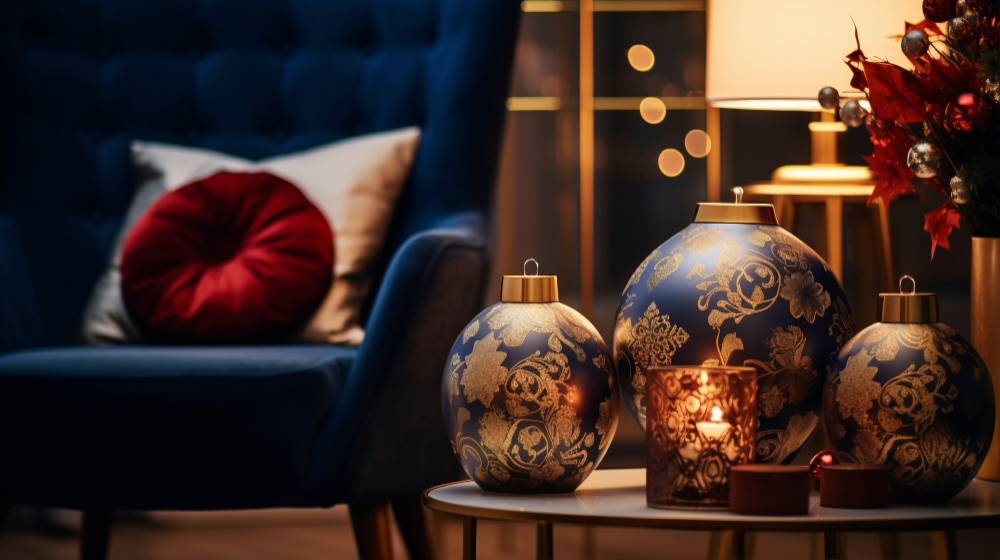
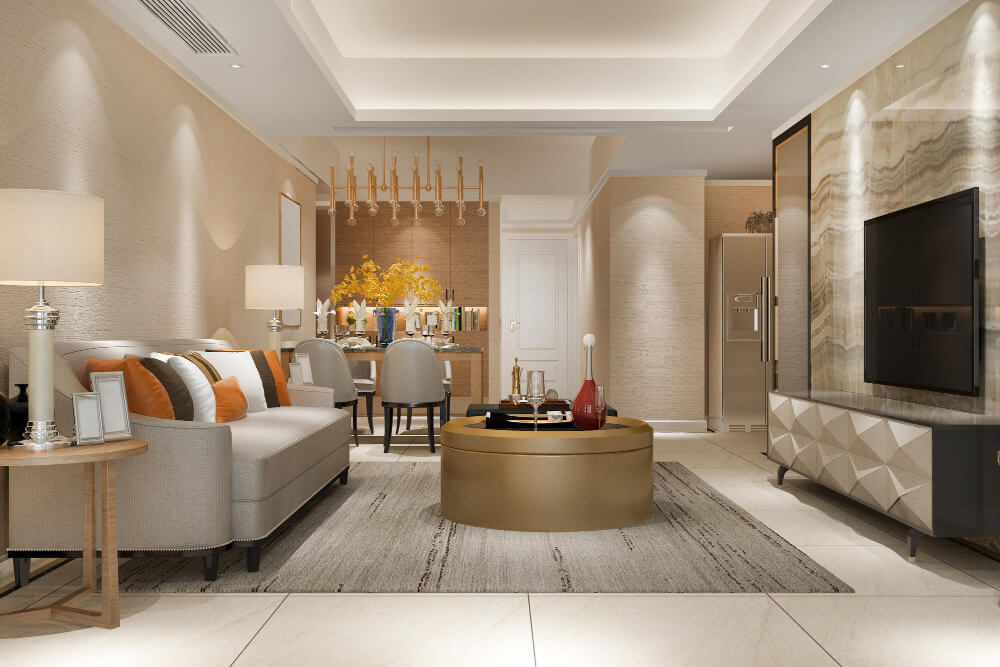
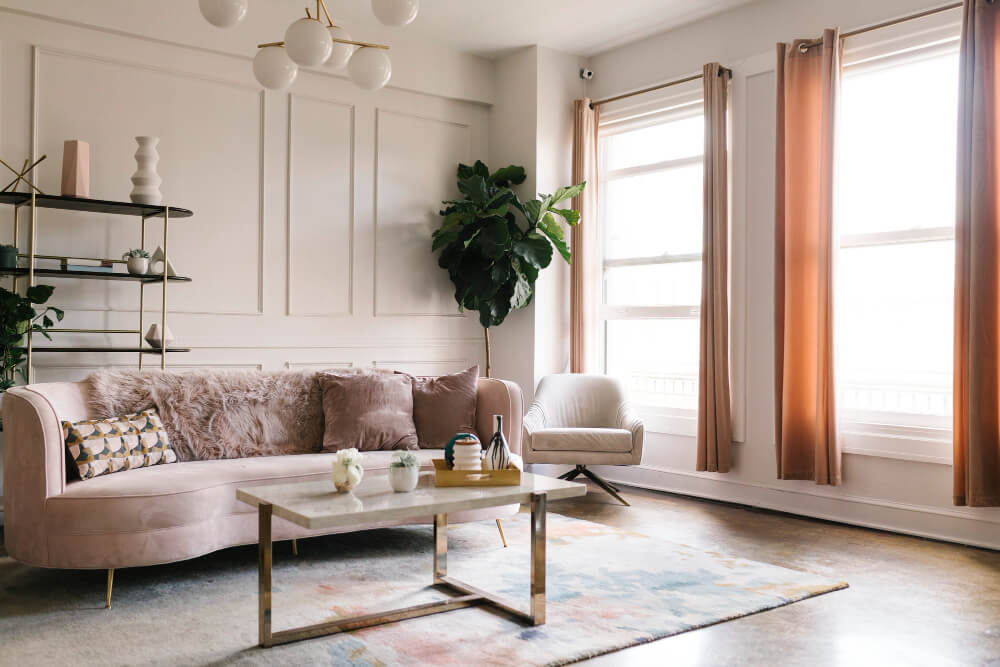

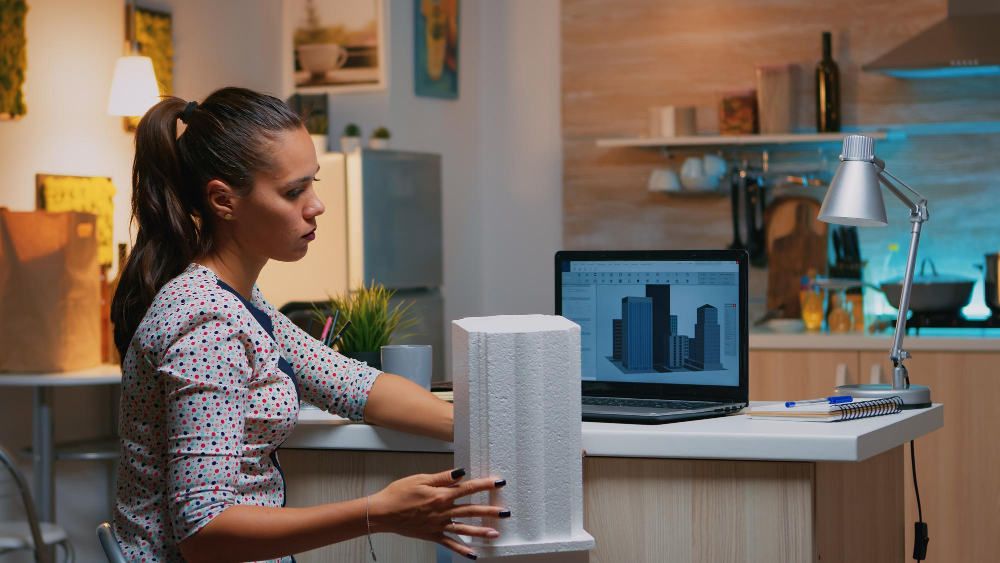
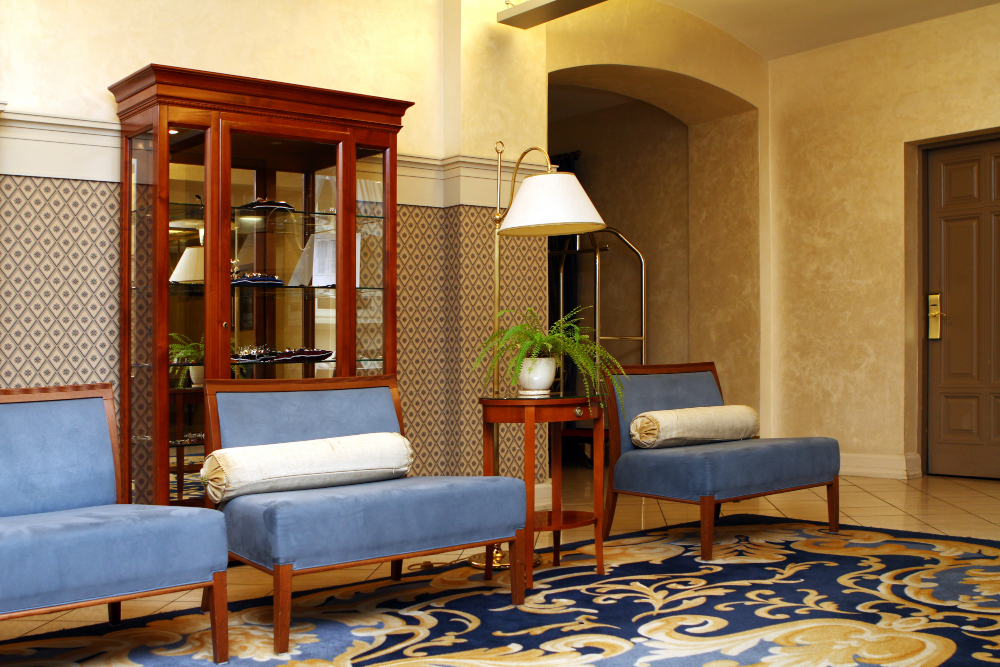

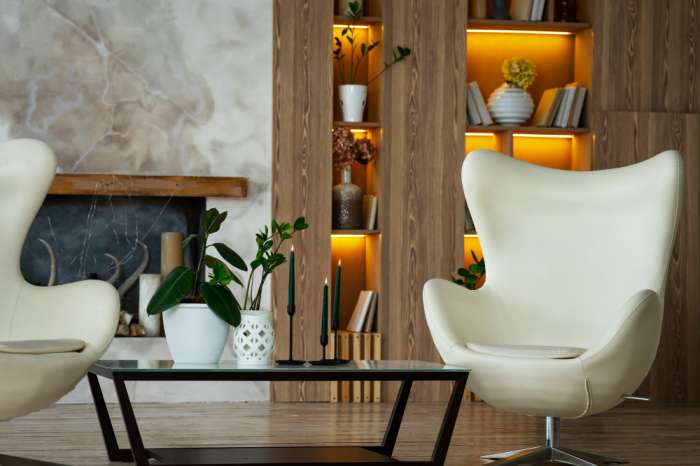

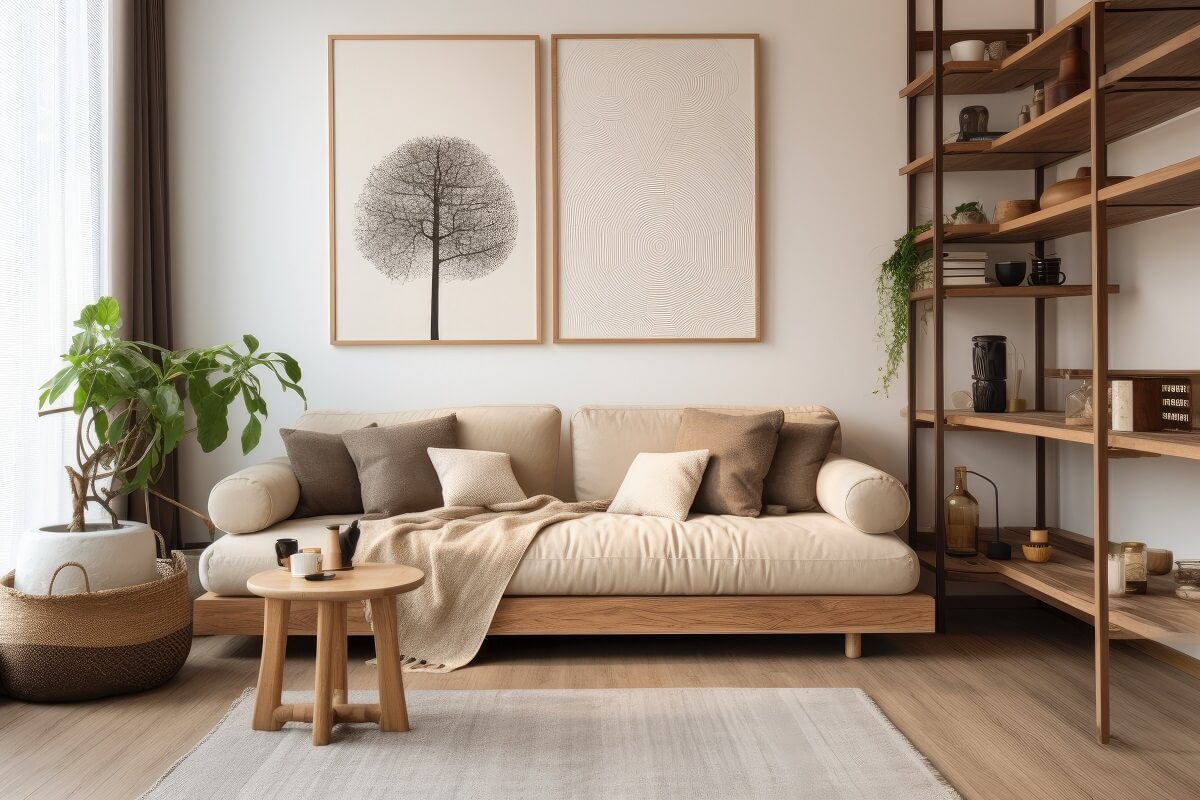
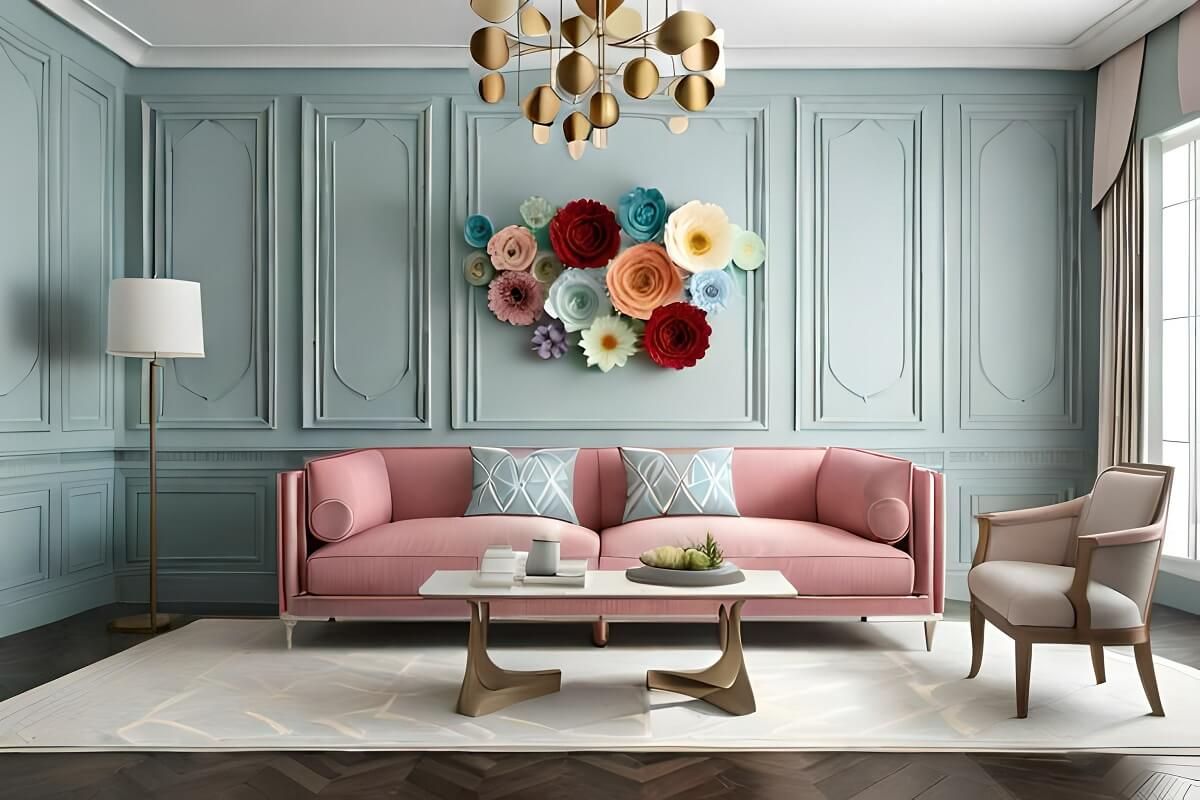
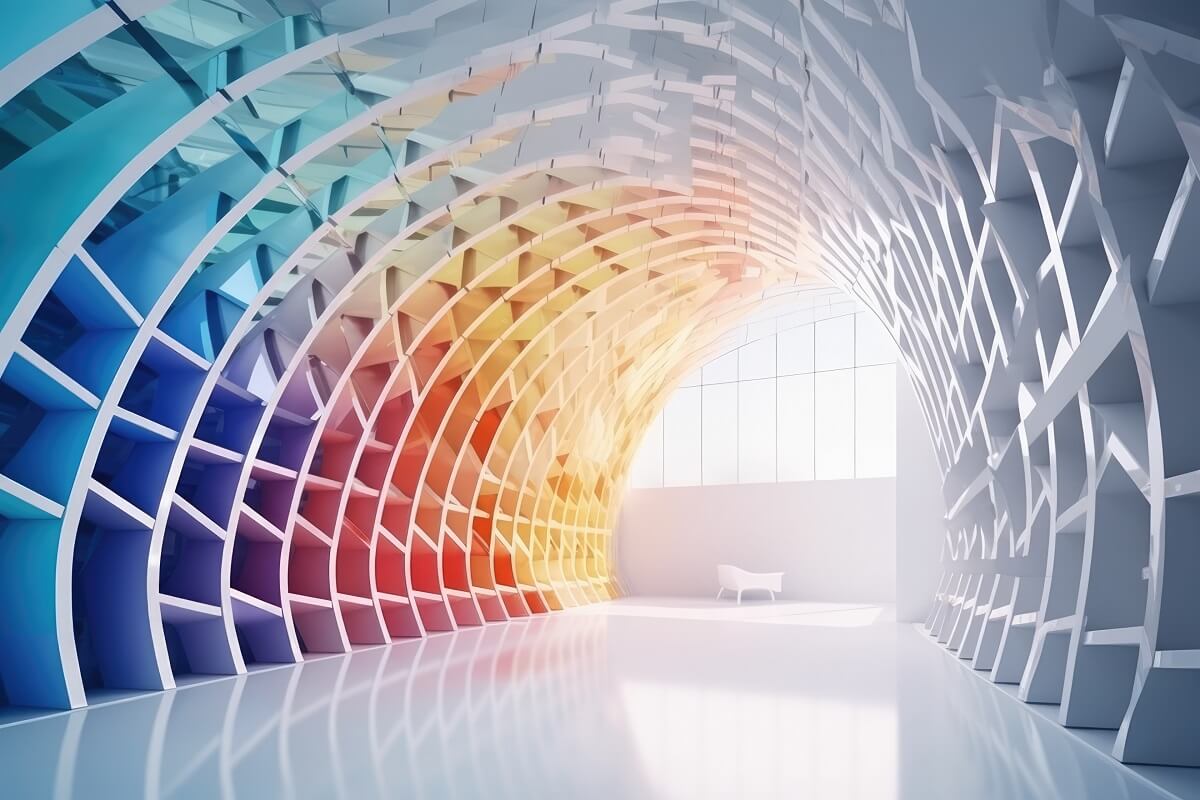
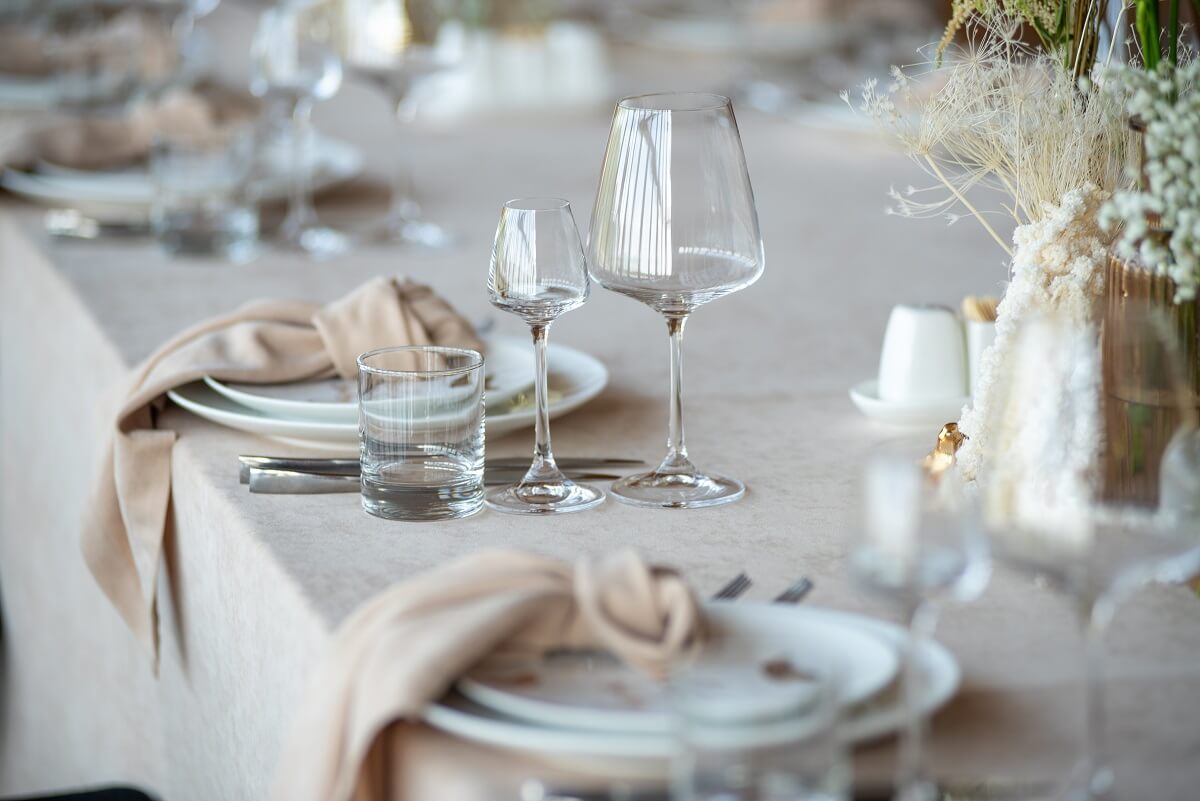


9th floor, Gagan Uno, Dhole Patil Road, Opp Vohuman Cafe, Sangamvadi, Pune,
MH - 411001
Design & Developed By Being Addictive